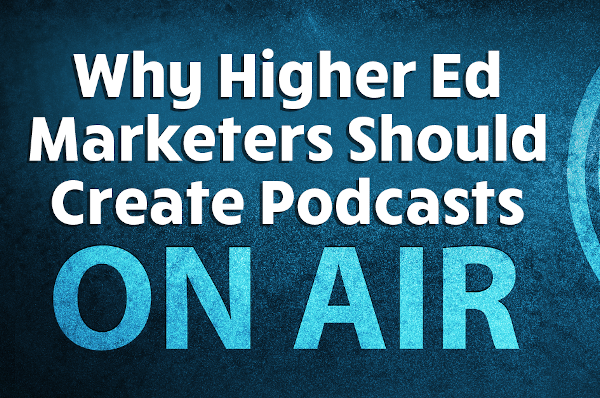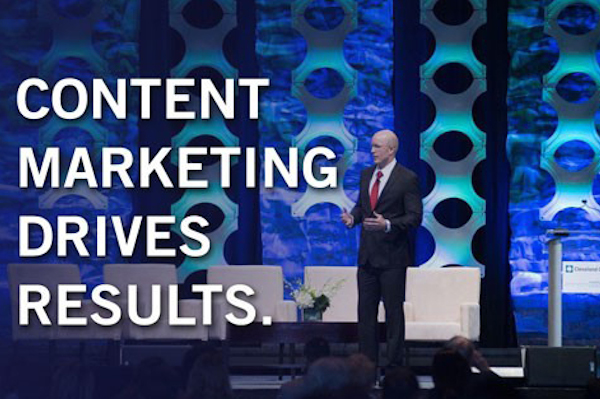Category: Content
-

3 Ways to Create Memorable Content According to a Neuroscientist
-

Live Social Media Checklist: Pro-Tips to Engage Your Audience
-

Infographics: How to Create Gated Content That Readers on All Devices Can Read
-

10 Tips for Smarter SEO
-

Higher Ed Marketers Should Create Podcasts
-

How Medical Schools Can Leverage Social Media Influencers
-

Content Marketing: Balancing Both Print and Digital
-

Stamats Hires Sandra Fancher to Drive Innovation
-

Stamats Hires Top Content Marketer Mariah Obiedzinski to Expand Service Offerings
-

Building a Better Website: 8 Usability Mistakes to Avoid